Chosen theme: Sustainable Furniture Cleaning Tips. Welcome to a kinder, cleaner way to care for every chair, table, and sofa you love. Discover low-waste routines, safe ingredients, and real stories that protect finishes, your air, and our shared environment. Subscribe and share your favorite green cleaning wins to inspire the community.
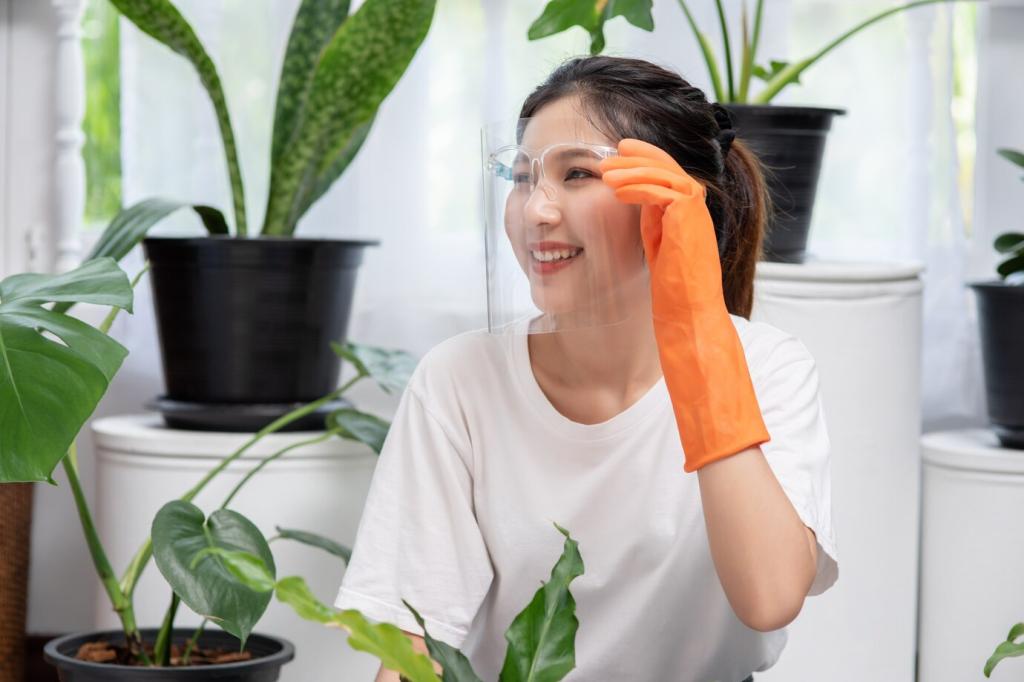
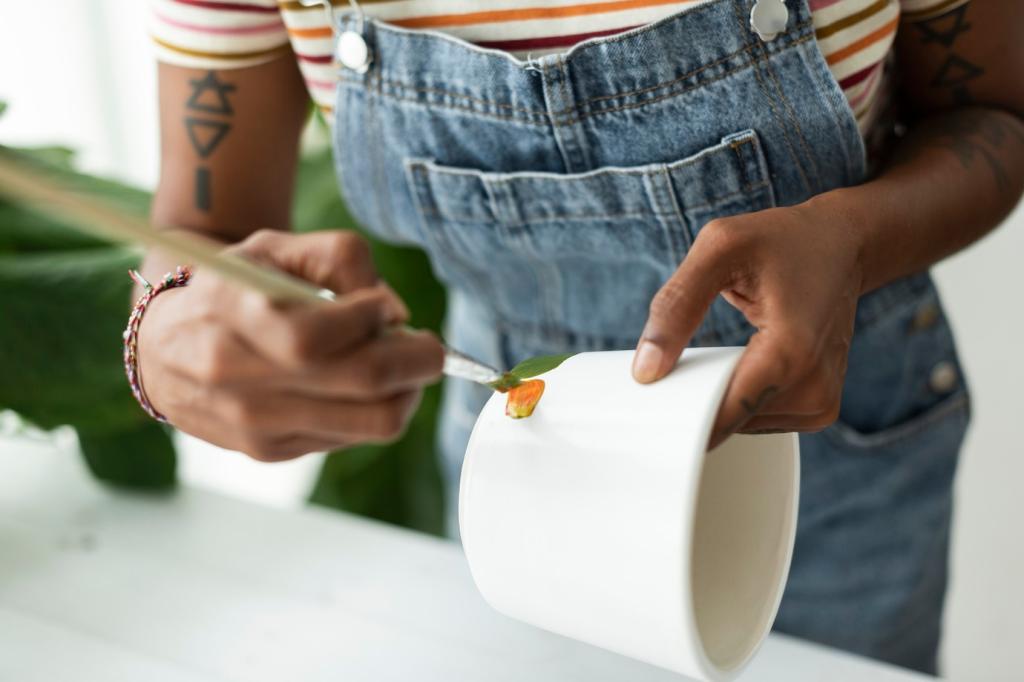

Eco-Safe Ingredients Already in Your Kitchen
White Vinegar, Diluted and Respectful of Finishes
Mix one part white vinegar with four parts distilled water for glass, sealed wood, and some laminates. Always spot-test in a hidden area and avoid raw wood or shellac finishes. Add a drop of essential oil only if truly necessary.
Baking Soda for Gentle Deodorizing
Lightly sprinkle baking soda over fabric cushions and rugs, wait fifteen minutes, then vacuum thoroughly with a clean upholstery attachment. It absorbs stale odors without perfume cover-ups. Repeat monthly, and mention your results so we can compare notes across fabrics.
Castile Soap: A Small Pump Goes Far
Combine a teaspoon of castile soap with a quart of warm distilled water for wipe-downs. Work with a wrung-out microfiber cloth, then follow with a damp cloth to remove residue. This minimal approach keeps finishes clear and leaves fewer streaks.
Fabric and Upholstery: Low-Waste, High-Impact Care
Before cleaning, dab your diluted solution on a hidden seam and blot with a white cloth. If color transfers, adjust your mix or choose a dry method. Document your test results and share them—your fabric type might help someone else.
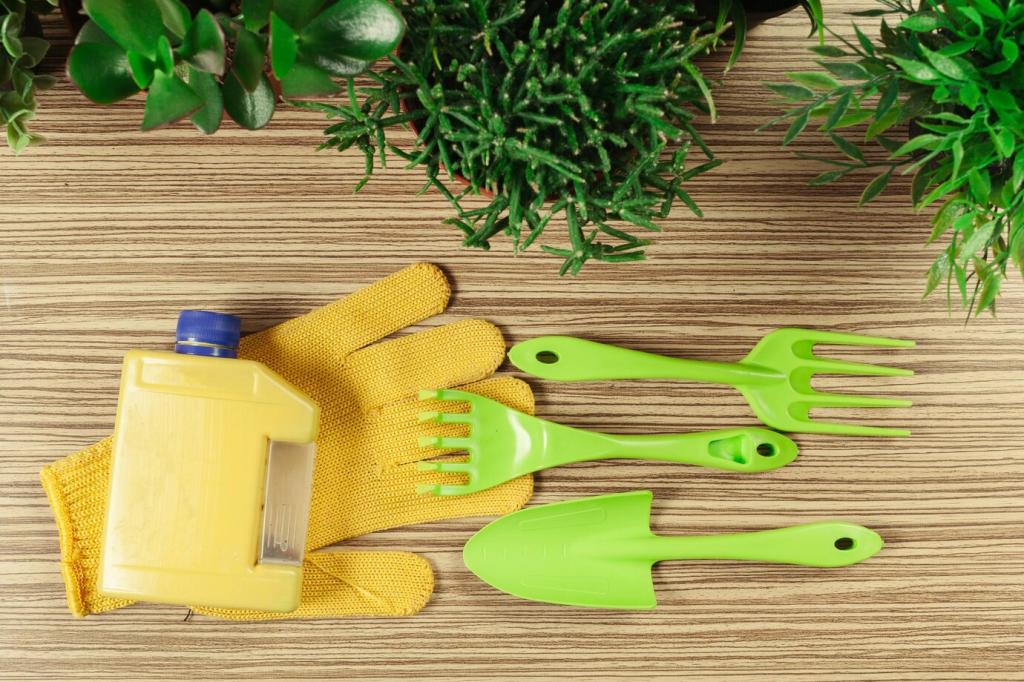
Dust First with a Dry, Lint-Free Cloth
Removing dust before any damp wipe prevents micro-scratches. Use a soft, reusable cloth and light strokes along the grain. This simple habit reduces the need for stronger cleaners and preserves that satin sheen you fell in love with.
Mild Soap Rinse, Then Conditioner When Needed
For sealed wood, a few drops of castile soap in warm water cleans effectively. Wring your cloth thoroughly and follow with a barely damp rinse. Condition sparingly with a tested balm, and always spot-test to avoid buildup or darkening.
Water Rings: Try Heat and Patience
Place a clean cotton cloth over the ring and pass a warm iron briefly, checking frequently. The trapped moisture often releases, lightening the mark. One subscriber rescued an heirloom table in under ten minutes using this careful, low-waste method.
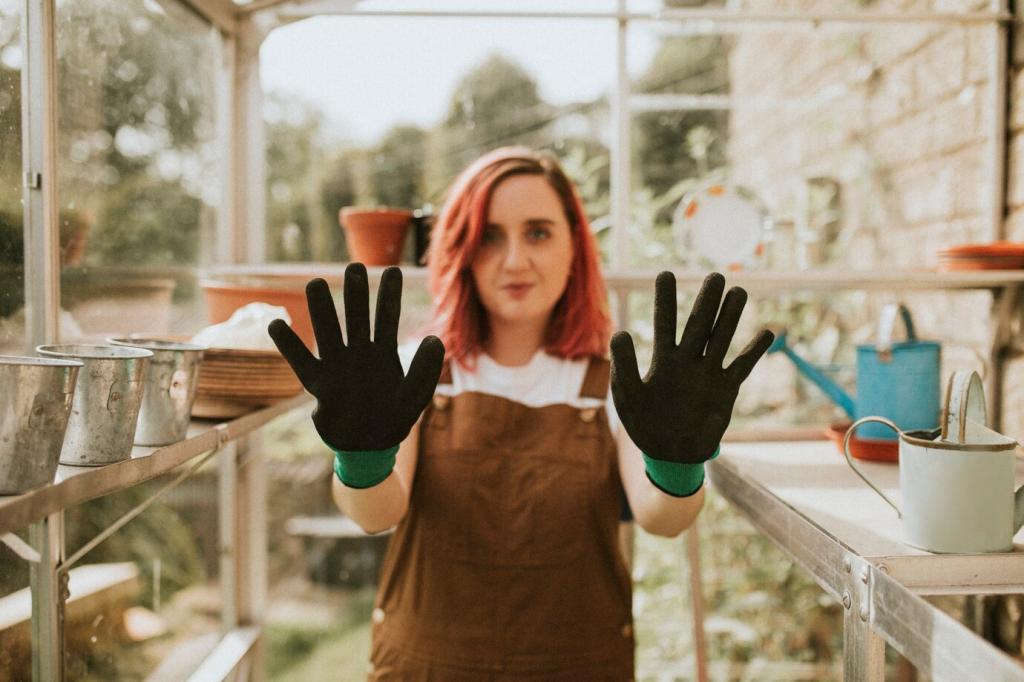
Smarter Stain Strategies Without Toxins
Coffee or Tea on Fabric
Blot immediately with a dry cloth, then dab with a mix of cool water and a little white vinegar. Rinse by blotting with plain water. Avoid heat until the stain is fully gone to prevent setting.

Tools, Habits, and a Routine That Sticks
Keep two spray bottles, microfiber cloths, a soft brush, a squeegee for fabric, and a small tin of conditioner. Label ratios and refill from bulk stores. Fewer, better tools reduce clutter and encourage consistent, mindful cleaning.
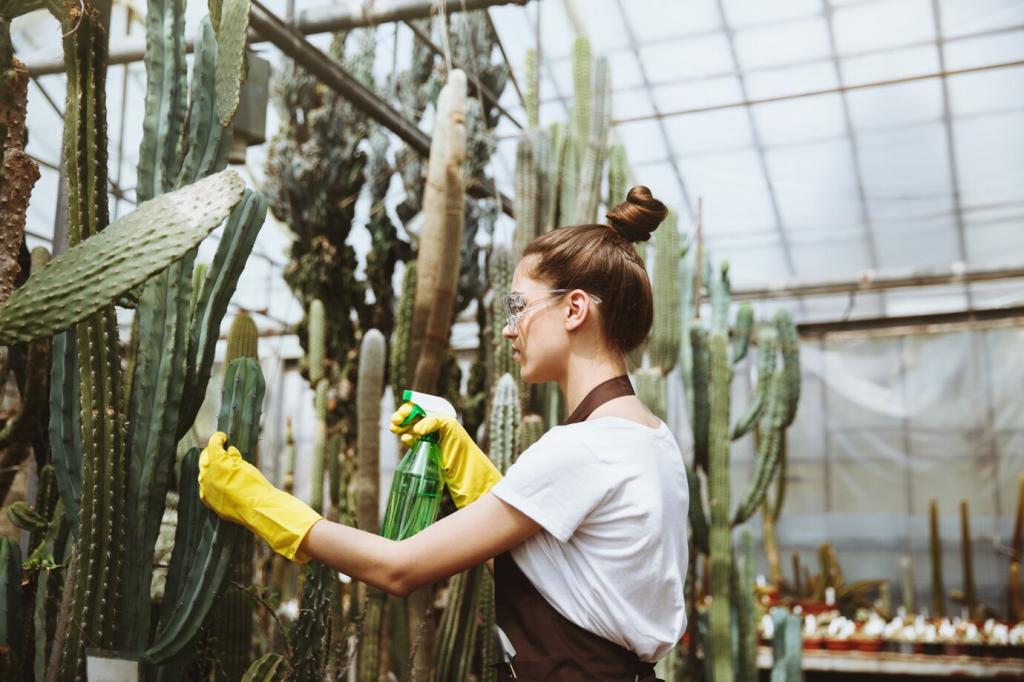
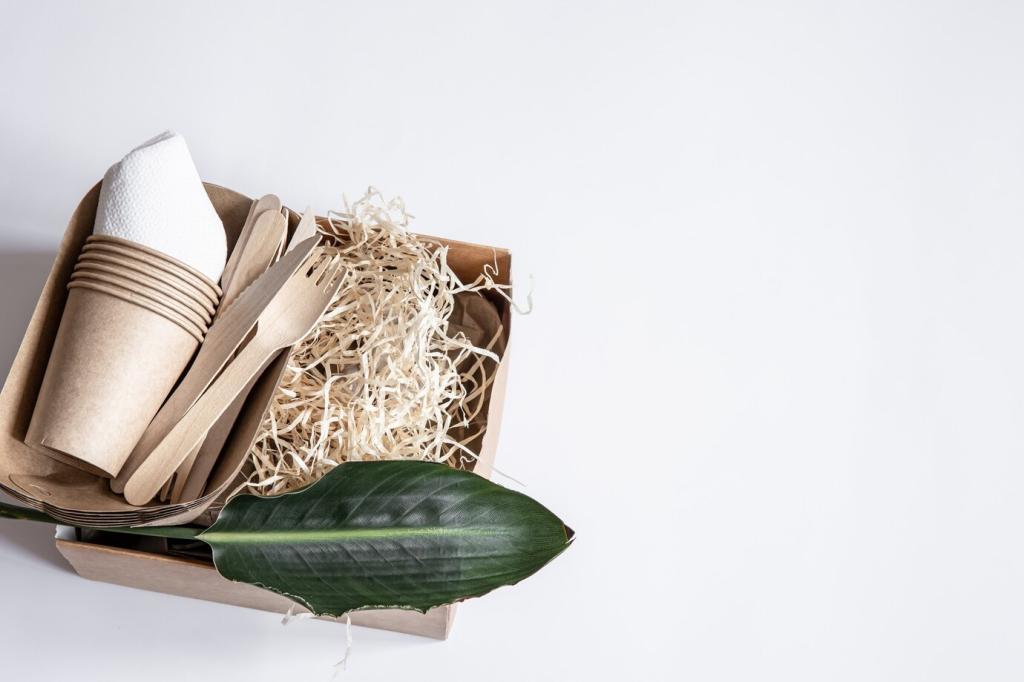
Tools, Habits, and a Routine That Sticks
Set a timer, pick two pieces, and dust plus spot-clean. Pair it with a favorite playlist to anchor the habit. Readers report fewer deep cleans and more compliments on how their living spaces feel calm and cared for.
